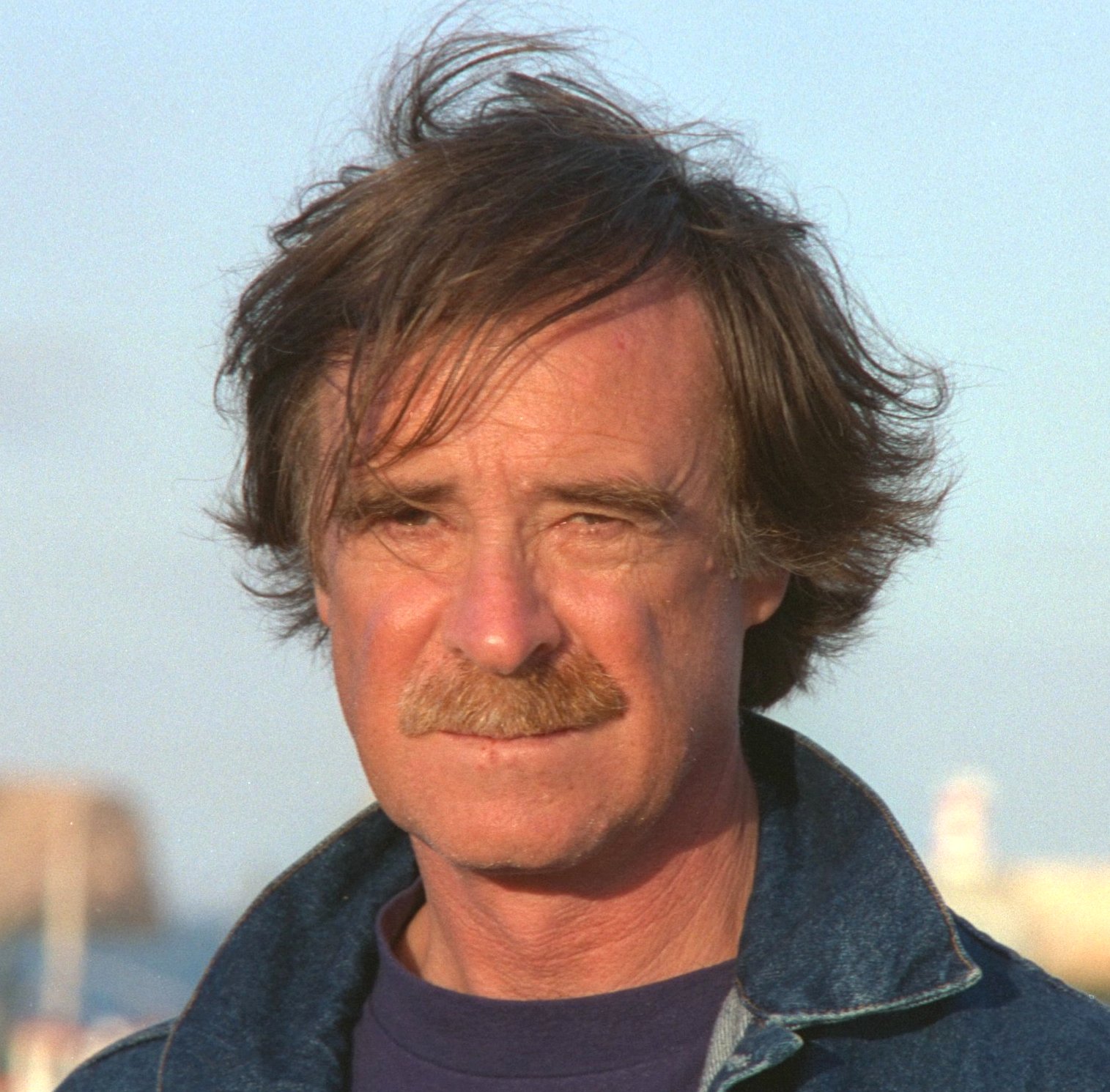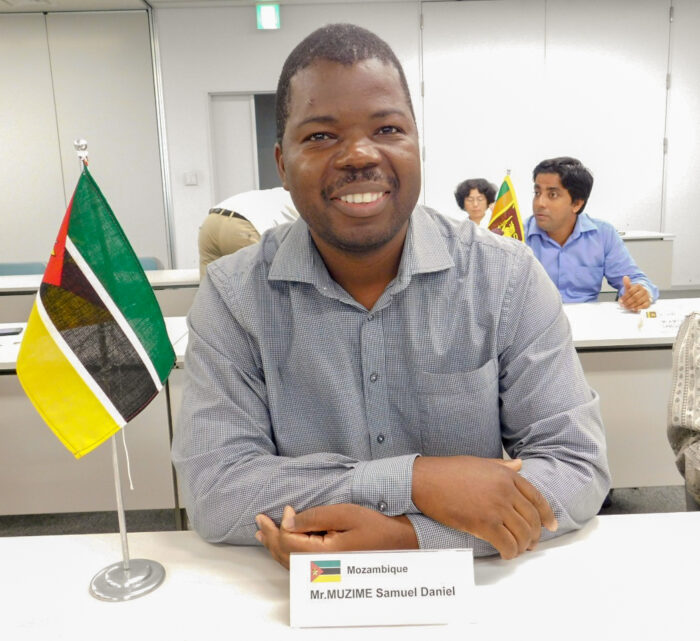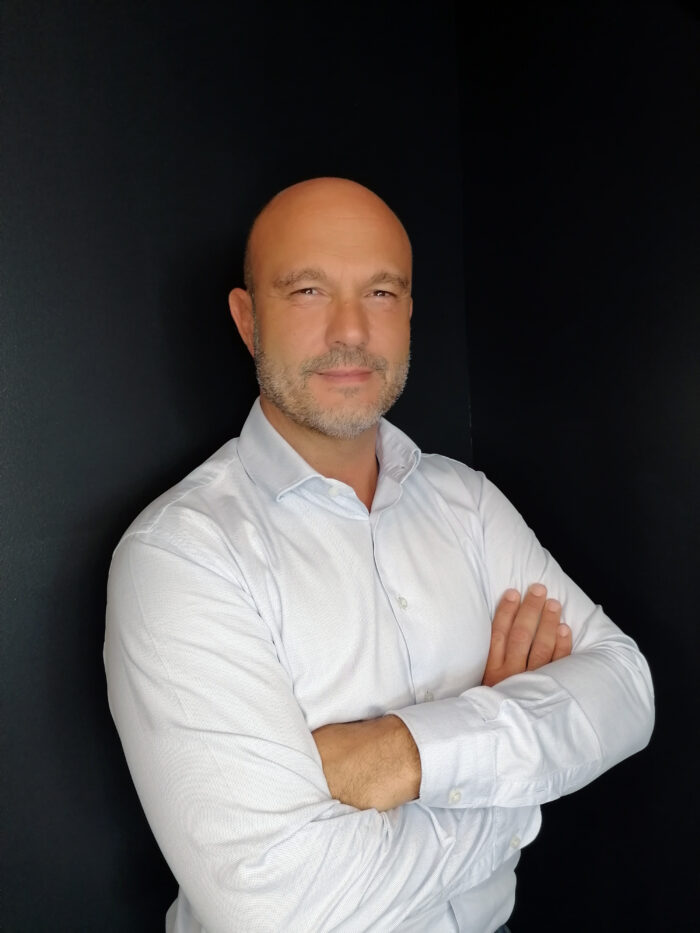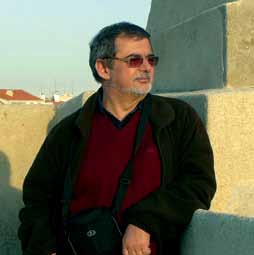A conversation with Arch. António Nunes de Almeida

A conversation with Arch. António Nunes de Almeida
'I like to think about architecture and to develop projects. (…) For me, the work of architecture is an inhabited sculpture.’
This year, Nunes de Almeida completes 50 years of career. Is it more difficult to be an architect these days?
What is more difficult is to have work nowadays. Throughout this time, what has changed the most is the technology associated with the production of architecture. When I started working, I did everything by hand. The drawings were made on parchment paper, were erased, amended, martyred, and some ended up tearing and being thrown away. The technique of digital design has greatly facilitated the work of architects. The drawings became more accurate. All points are marked by a surveyor and are located exactly at that point of real coordinates. In the past it was sort of, and sometimes we had to move the construction a little further to the side. The projects started to be interconnected, the relationship between architects and other specialties, such as engineering, became much easier, also due to the speed of data transmission. Before we had to make paper copies and send them to BETAR and now we send an email and we immediately have feedback from the engineer, who immediately tells us if we have to move the beam or not. We have greatly increased our productivity. What did not follow this was the market, the demand. Currently, in the studio, we are only 3 people. When we need someone else, for a specific job, we turn to a few more architects, and we have the capacity to develop huge projects. For example, the project for the Palace of Justice in Sintra, which covers 32,000 square meters and is one of the largest in Portugal, was carried out by six people.
How is architect Nunes de Almeida, after 50 years of career?
I like to think about architecture and to develop projects. The most interesting thing in our job is the creative process and that hasn’t changed. I am very attentive to everything that is going on in the world, in architecture, and I am influenced by that, but there are things that have remained. I look a lot at the aspects that have to do with the final volumetry. For me, the work of architecture is an inhabited sculpture. For example, in the Lloyds Bank building, which won the Valmor prize, I tried to reinterpret the plan I was asked to, giving it a volumetric character. In this building, there is already a very strong strength of the sculptural aspects. That is what continues to interest me today. What gives me pleasure and makes me proud of what I did is to be able to pass, today, on the avenue and look at the building. Especially because it was very complicated to approve the project in the City Council. The building should fit in a plan that the Council had for the avenue and, inside the Council, there were architects who said that the project had some salient things and that could not happen. It generated many discussions but they ended up finding it an interesting piece. Later, it was awarded by the City Council itself.
Is there a project that has cost you a lot to “put in mothballs”?
Yes, the Palace of Justice of Coimbra. It was a contest that I won but, at the time, the
Ministry of Justice was coming up with a new theory that has to do with judicial cities. It is an idea that only allows not to hold contests. They rent office buildings, stuff something they call a court inside, but the buildings are not prepared for that. In Coimbra there was controversy because they did not want to give me the work. I took the ministry to court and won the contest, but they canceled it. Later, they did a judicial city, in a rented building, and stayed paying rent for 40 years. I was also pre-qualified for the Palaces of Justice in Faro and Oporto but both were canceled. Whoever is now in charge of the institute that deals with these matters is calling into question all this and showing that the rents that the ministry pays are a brutality and are much more expensive to the State than doing buildings from scratch.
What are you doing now?
Right now I am doing the restoration of a school in Portimão, with BETAR. It is a work that is already in the middle of the process, we are in the second phase. It went well up to a certain point but now, as the Government has changed, it is becoming more difficult because Parque Escolar has been called into question. The work is not in danger, but let’s see how it goes. It is an interesting project because it is the recovery of a school from the 60’s, which had some architectural interest, and which we had to think in order to frame what already existed without spoiling what was there. We preserved and valued, in the same spirit, but affirming, at the same time, something different.
And what would you like to do next?
I recently had an idea that could be very important for getting around in Lisbon: creating a cable car between the new port of Lisbon – which is being made in Santa Apolónia, by the architect Carrilho da Graça – and the Castelo de São Jorge. I had the idea, from that location, and the arrival of immense passengers on the ships, to make the connection between the port and the castle. I presented the project to the Port of Lisbon and they were extremely satisfied. Then I introduced it to the municipality and they were not interested. The cable car had a place to stop, there is a vacant lot, leaning against the castle walls, which belongs to the Chamber of Lisbon. We did a study and realized that it could move fifteen hundred people an hour. It could transport tourists arriving on these ships to get to know the city and place them in the castle, which is one of the most touristic areas and a central point of the city. The Port of Lisbon said that it would solve a lot of problems for them because they had to get all those people out there in buses and taxis, but the Chamber was not interested in the solution. I haven’t given up yet, let’s see if I can move forward with the project.
This interview is part of the Artes & Letras Magazine # 25, November 2011
Partially automatic translation from portuguese: some expressions may differ from their actual meaning.
News & Interviews
A conversation with Eng. Samuel Muzime
'The main challenges of CFM are: to be a regional reference in cargo transport at a competitive price and with safety, having infrastructures with continuous modernization and well-trained and motivated personnel' Read more
A conversation with Arqº Nuno Malheiro da Silva
'I'm a fan of partnerships and I think Portugal needs companies to come together to create larger groups, so that we can be competitive abroad [...] and we can conquer other markets' Read more
A conversation with Arch. Jorge Silva
‘I attribute to architecture the role of social intervention and public responsibility, it is not just an act between architect and owner, it has to respond to the city’ Read more




